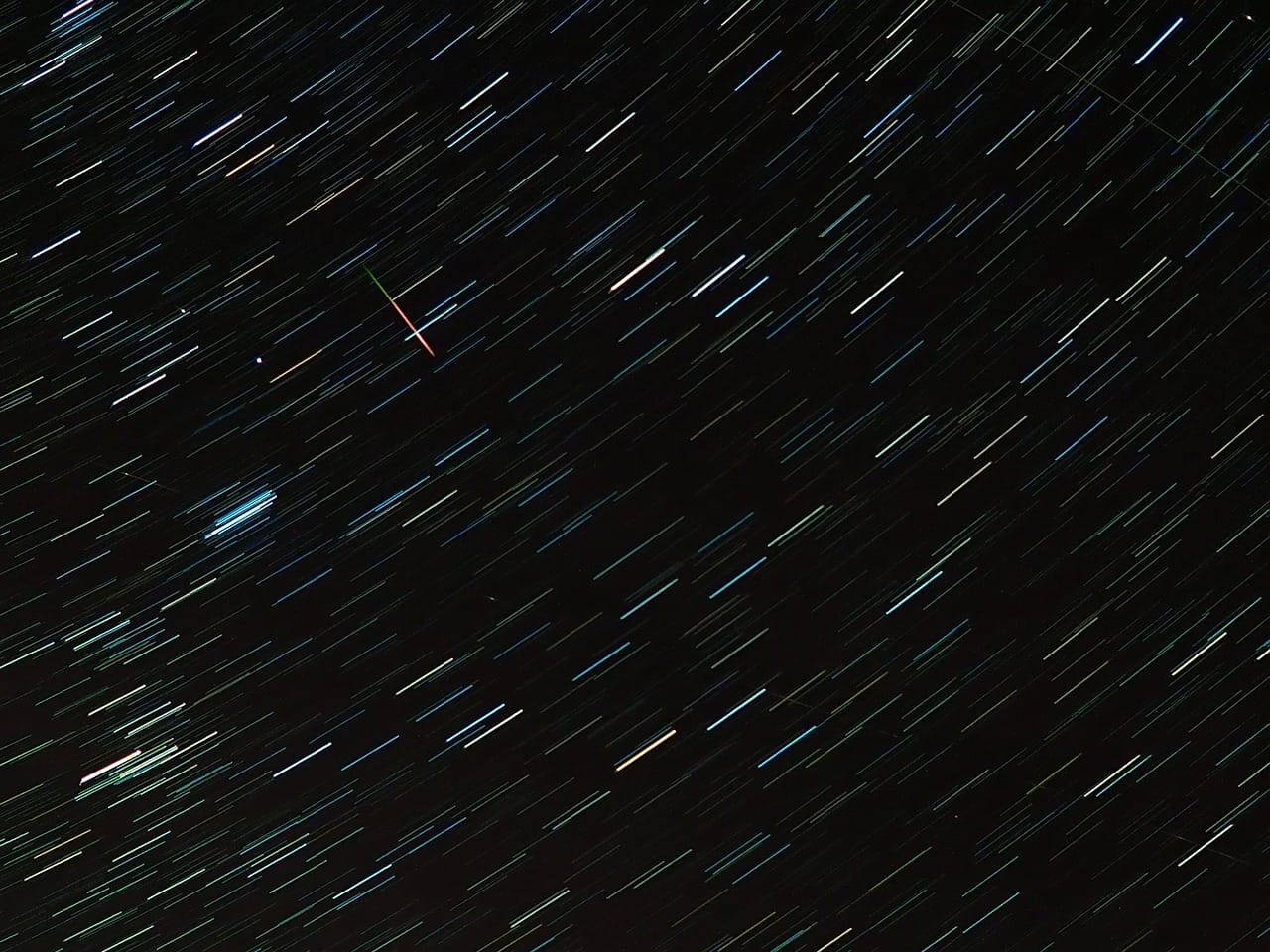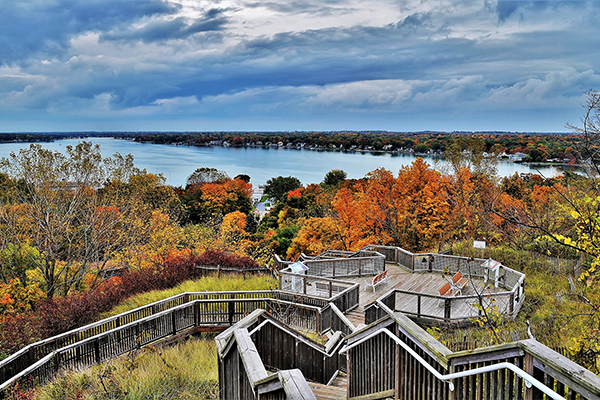West Michigan to catch glimpse of Perseid meteors, but moon expected to dim the show
The Perseids meteor shower — one of the most anticipated, annual events in astronomy — is set to peak this week; however, visibility is expected to be hampered by the moon’s near-full illumination.
The Perseids meteor shower — one of the most anticipated, annual events in astronomy — is set to peak this week; however, visibility is expected to be hampered by the moon’s near-full illumination.
The celestial event is set to reach its peak the night of Aug. 12, into the morning of Aug. 13. Stargazers can expect to see 10-20 meteors an hour, but if it weren’t for the current waning gibbous moon, viewers would typically be able to catch sight of 50-100.
While the moon may obscure part of the sky’s show, there will still be opportunities for stargazers in Ottawa County to view the shower.
“Such conditions will reduce activity by at least 75%, as only the brighter meteors will be visible,” said the American Meteor Society. “As the Earth rotates and the time approaches local midnight, the Perseid radiant (rises) higher into the northeastern sky. As the morning progresses, the activity will increase as the radiant climbs higher into the sky.”
Considered the best meteor shower of the year by NASA, Perseids began mid-July and will continue until Aug. 23. It is known for its unique fireballs that originate from large particles of cometary material, creating long trails of bright light and color in the night sky.
According to NASA, the shower was named for its close proximity to the constellation Perseus and can be as fast as 37 miles per second. The meteor debris originates from the comet 109P/Swift-Tuttle, discovered in 1862. Swift-Tuttle’s nucleus is 16 miles across and takes 133 years to orbit the sun.
How to see the Perseid meteor shower
The period between midnight and dawn is considered the meteor shower’s peak. Despite the moon’s illumination, NASA recommends the best time to view Perseids is during pre-dawn hours, although it is possible to view meteors as early as 10 p.m.
In addition to cloud coverage playing a role in the shower’s West Michigan visibility, haze from Canadian wildfire smoke can cause viewing interference. Smoke has the potential to decrease the amount of visible light from the meteors.
Support Our Work
Ottawa News Network is a nonprofit news service dedicated to providing the residents of Ottawa County with trustworthy, community-driven news. ONN treats journalism as a public good — something that enriches lives and empowers Ottawa County’s 300,000-plus residents to stay engaged, make informed decisions, and strengthen local democracy. Please consider giving today.
For those looking to catch a glimpse of the Perseids, finding a safe, dark location from light pollution is suggested. Rural West Michigan is home to countless open areas free from city lights and artificial light sources. If possible, watching from a higher altitude can put viewers above smoke and haze.
The meteor shower can be located by looking toward the northeast horizon for the Perseus constellation — a stick figure-like shape of stars. Perseids are typically seen radiating from the site, but can appear in any part of the sky.
NASA recommends those looking to photograph the shower use a wide-angle lens, set their camera to manual focus and experiment with exposure time. The agency encourages astronomers to calculate shutter speed by dividing 500 with the length of their lens in millimeters. If a camera’s shutter is open too long, it will also catch the movement of other celestial objects, such as stars, in their path across the sky.
— Contact ONN reporter Hailey Hentz at hhentz@ottawanewsnetwork.org.







